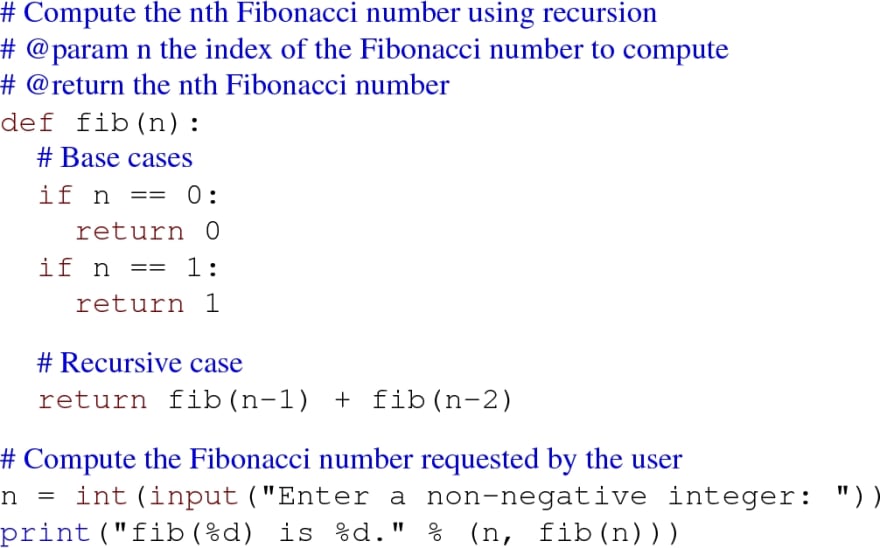


This is because each step in a recursion results in a function call, whereas each step in a loop merely requires a "jump" to a different place in the code.Ĭalling a function involves considerably more work than a simple loop, and in any system it is going to take more time and use extra memory (memory is required to store the current state on the function – the values of its local variables – each time the function calls itself recursively). Recursion is relatively inefficient compared to looping. For example, 6 factorial (usually written 6!) is:Īs you can see, we have called a function within a function within a function. The factorial of an integer n is the product of all the integers between 1 and n. This example is a slight cliché, but it is still a good illustration of both the beauty and pitfalls of recursion. Some other languages don’t have loops, so you have to use recursion, but in those cases the interpreter often creates a loop behind the scenes.īut there are plenty of problems that are inherently recursive in nature and would be very difficult to solve in any other way, so recursion is definitely something to have in your toolbox. Apply the same procedure repeatedly to make the problem simpler and simpler, until you have a problem that is so simple you can just solve it in one go.Īs a Python programmer you may well look at some examples of recursion and think that it would obviously be easier to write a loop instead. The basic idea is this – given a difficult problem, try to find procedure that turns the original problem into a simpler version of the same problem. Recursion is a common technique that is often associated with functional programming.


 0 kommentar(er)
0 kommentar(er)
